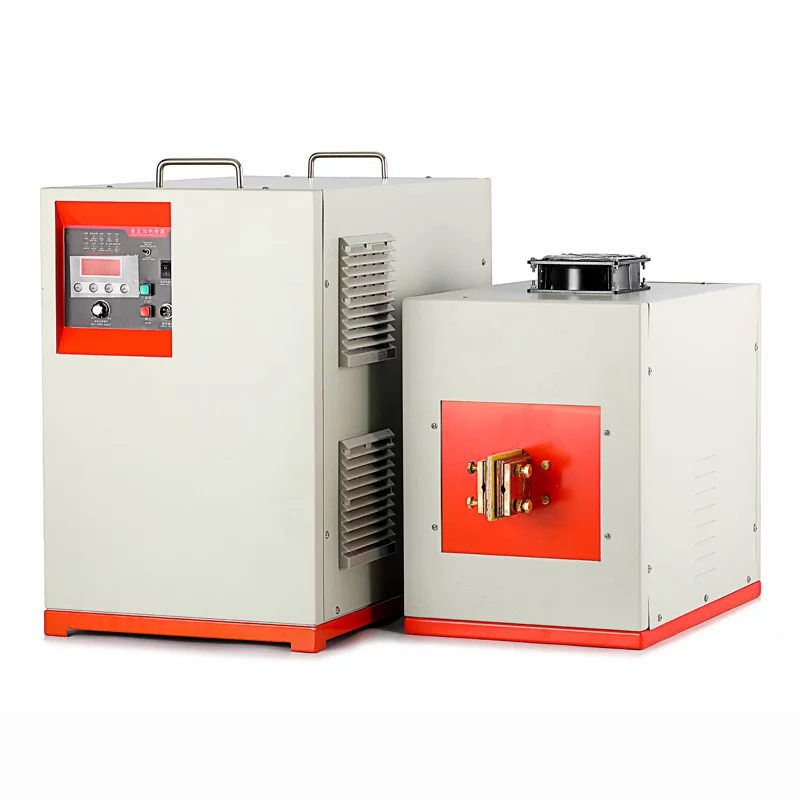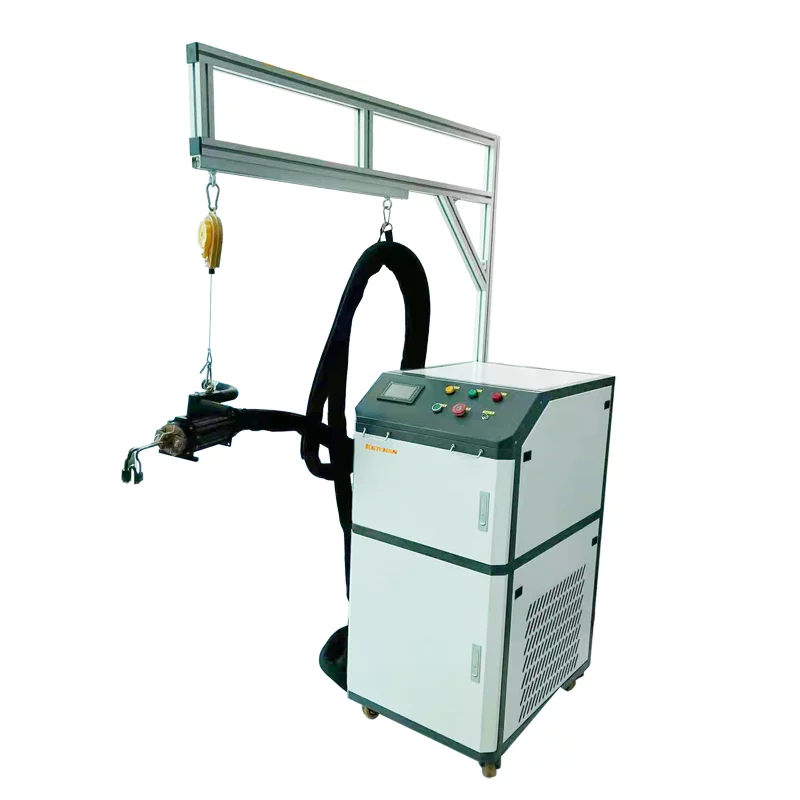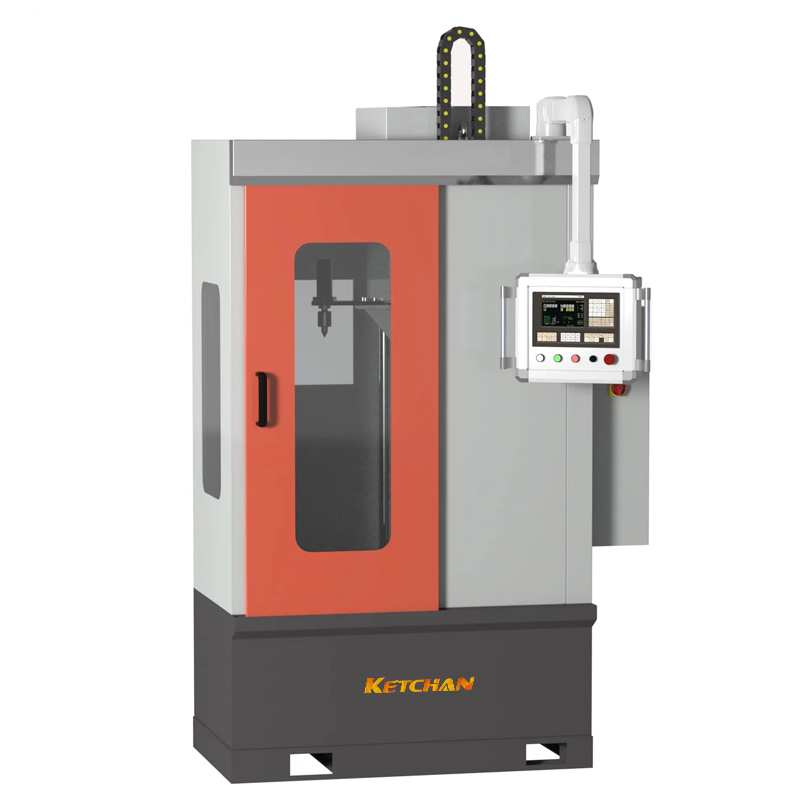Induction quenching is difficult to control due to its fast heating speed and short heating time, as well as local surface quenching, which makes quality control and stability more difficult. The common defects of induction quenching are insufficient hardness, soft spot, soft belt, quenching crack, and so on.
A.The hardness of the hardened layer is the insufficient or soft point, soft strip control
1. Insufficient hardness of the hardened layer
There are many reasons for insufficient hardness, such as material composition (too low carbon content of steel used in quenching pieces, too little pearlite volume in the original structure of ductile iron pieces), original structure before induction quenching (coarse grain of original structure, surface oxidation, decarburization) and so on. As for the hardness of the hardening layer caused by improper induction hardening process and operation, the main reasons are as follows:
(1) Low heating power, insufficient heating time, and large surface clearance between inductor and workpiece lead to low quenching temperature, resulting in the presence of undissolved ferrite and uneven microstructure in quenching tissues, and reticular totensite will appear in severe cases (see FIG. 1).
FIG. 1. Underheated metallographic structure 400x
(2) Insufficient cooling. Too long time interval between the end of heating and the beginning of cooling, too short spraying liquid time, too low injection pressure and density, and low cooling speed of quenching cooling medium will all cause insufficient cooling, resulting in the occurrence of non-Martensite structures such as Tortensite in quenching tissues (see FIG. 2).
FIG.2 Undercooled metallographic structure 400X
In order to prevent the workpiece from producing insufficient hardness, the mass fraction of carbon of induction quenching workpiece is generally greater than 0.4%, the quality of preparatory heat treatment before quenching is controlled, and the surface of the workpiece should be free from oil, oxidation, and decarburization, etc. As far as the induction quenching process is concerned, the specific power should be increased, the heating time should be extended appropriately, and the distance between the inductor and workpiece surface should be reduced. Increase the water pressure, increase the flow of cooling spray, spray cooling in time after heating, improve the cooling speed, and other measures.
2. Soft spot and soft belt of the hardened layer
The soft spot is usually caused by the blocking of the water jet hole or the thinning of the water jet hole, which reduces the cooling speed of the local surface area. Therefore, the prevention of soft spots requires clean water and the frequent cleaning of water holes; the Water jet hole is too thin must be redesigned, appropriate to increase or increase the water jet hole.
The soft belt is the spiral belt of black and white appearing on the surface or the straight black belt along the direction of the workpiece movement when the shaft workpiece is continuously heated and quenched. There are non-Martensite structures such as undissolved ferrite and Tortensite in the black area. The main reasons are as follows: small spray Angle, return water from the heating area; The rotation speed of workpiece is not coordinated with the moving speed, and the relative moving distance of inductor is relatively large when the workpiece rotates once; The Angle of the spray hole is not consistent, and the workpiece rotates eccentrically within the inductor. Therefore, the measures taken are to increase the water spray Angle, coordinate the workpiece rotation speed and the moving speed of the sensor, to ensure that the workpiece rotates concentrically within the sensor.
B. Control of deformation and cracking of induction quenching
1. Quenching deformation
During induction quenching, most of the workpieces show thermal stress warping deformation.For shaft-type workpieces, the hardened layer is not uniform, usually, the workpieces bend to the side of the hardening layer is shallow or without hardening layer, for thin-walled gear with the ratio of inner diameter to an outer diameter less than 1.5, the inner hole and outer diameter have the tendency of expansion, the double gear is a flared mouth. In order to control the deformation, the heat transfer to the center should be reduced. In the process, penetration-type heating can be used to improve the specific power and shorten the heating time. For shaft and rod workpiece, the workpiece is rotated concentrically with an inductor to reduce bending deformation. For gear, on the premise of meeting the requirements of hardened layer, a larger specific power is used to shorten the heating time, and the end face is capped to prevent premature cooling and shrinkage of the inner hole; Also can be in the tooth blank processing, first a high frequency normalizing, and then the processing of inner hole and milling teeth, so as to reduce the shrinkage of the inner hole. When the thin-walled gear is quenched, the internal hole can be cooled by spraying water to control the expansion of the inner diameter.
2. Quenching crack
Induction quenching overheating is a common cause of quenching cracks, and the quenching structure of overheating is the thick martensite structure, as shown in FIG. 3. The causes and control measures of induction hardening cracks are shown in Table 1.
FIG. 3 Induction hardening coarse Martensite structure of steel 400x









